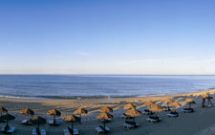Nisa

Nisa is a typical Portuguese village in the Alentejo, in the Portalegre district, known for its quality handmade pottery and embroidery.
In the historic centre, ruins of an old castle provide a view over the town and its surroundings. Of the old walls, the City Gate and “Montalvão” Gate are still standing - reminders of the city’s medieval past and importance in defending the borders. The area was donated to the Templars by King Sancho I in the 12th century, the former of whom populated it with settlers from the south of France - Nice, specifically - giving the town its name, which was also the case for the towns of Arês (Arles), Montalvão (Montauban) and Tolosa (Toulouse).
On a walk through the city, visitors must go down Rua de Santa Maria, between the Our Lady of Grace Mother Church and Praça do Município, which can be identified by the 16th-centuryManueline pillory . Notice the floor, which is decorated with the same motifs used in the pottery produced in Nisa, which is composed of small pieces of white quartz. The various types of embroidery, such as basting, felt applications, bobbin lace, frills and chain stitch, are unique in their richness and uniqueness. These arts and crafts, which are part of the regional identity, are shown in detail at the Embroidery and Clay Museum, which is a must for visitors to the area.
Having been aware of the richness and importance of Nisa's crafts, artist Joana Vasconcelos collaborated with local artisans to create a spectacular “Valquíria Enxoval” (Valkyrie Trousseau), which can be seen in a room at the Cinema-Theatre.
Where local arts and crafts are concerned, cork products and hammered copper are also worth mentioning.
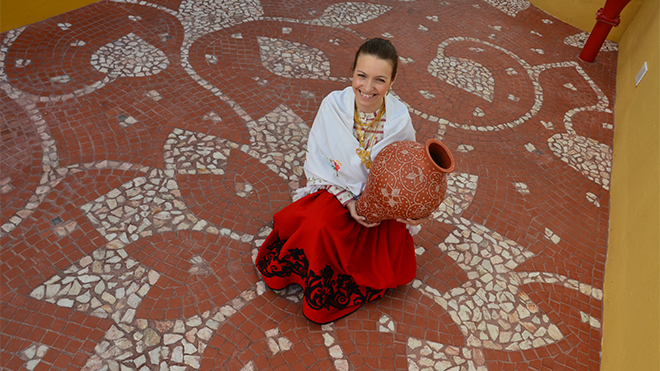
The area’s megalithic heritage is another of the municipality's attractions, portrayed in the Megalithism Centre. Among the various monuments in the region, highlights include São Gens Dolmite 1, classified as a National Monument, and the Patalou Menhir, an over 6000-year-old, 4-metre tall granite monolith. The route also takes visitors through a landscape of cork and holm oaks so characteristic of the region, which surrounds these monuments.
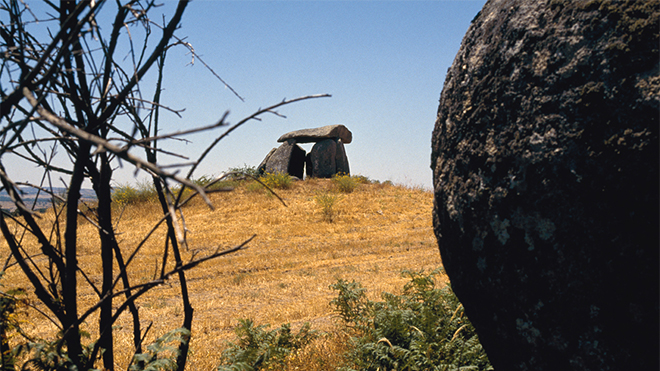
The municipality also features other items of interest not to be missed. The 13th-century Amieira do Tejo Castle is a good example of a Portuguese Gothic fortification, with this specific example having belonged to the Knights Hospitaller. Montalvão Vintage, in the town of the same name, is a museum displaying the habits and customs of life here in the 20th century, perpetuating the memory of times long gone, which are also portrayed in the Casa do Brinquedo (Toy Museum), in Alpalhão.
Traces of Roman occupation can still be seen in the region, in the shape of the Albarrol bridge, and in particular in a valuable gold mine, which visitors can find out more about at the Conhal Interpretive Centre.
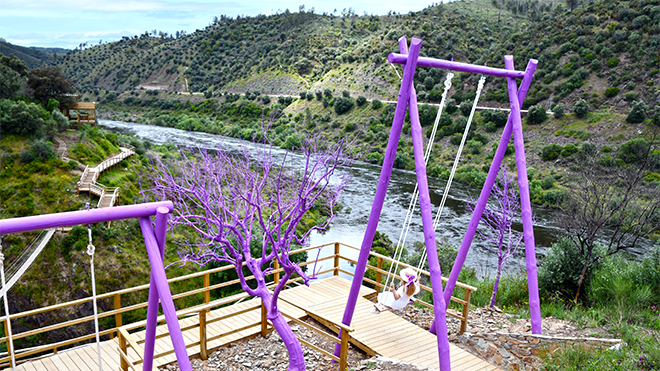
Those who enjoy outdoor activities can take the “Barca da Amieira” walking trail, the highest point of which is the Sky Walk, a transparent viewpoint over the Tagus River. Along the route, hikers can enjoy flora and bird observation points and discover the swings overlooking the landscape, the suspended pedestrian bridge, and the Tree House overlooking the mouth of the River Ocreza. The trail ends at Barca d'Amieira, where there is a leisure area and a floating platform across the Tagus. This area once served as a transfer point for those arriving at the town of Envendos by train.
Nisa is a central point from which to explore the region. It is located near Portas de Rodão, a geological monument within the Naturtejo Geopark area; Castelo de Vide, where you can visit the medieval Jewish quarter; the Póvoa e Meadas Dam; the Flor da Rosa Monastery in Crato; the Alamal beach walkways, which take you past Belver Castle; the Ribeira da Venda River Beach in Comenda; and the Museum of Prehistoric and Sacred Art in the Tagus Valley in Mação - a benchmark in archaeological research into prehistoric art. The Nisa Hot Springs are located 11 km from the city. The Fadagosa spring has been known for the medicinal properties of its waters since at least the 18th century. These waters are particularly recommended to treat skin and respiratory diseases and rheumatism.
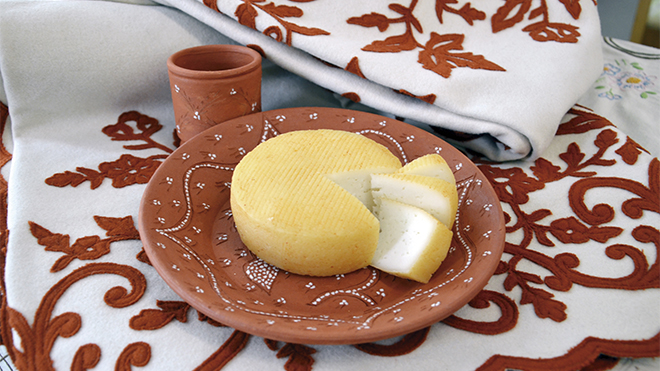
During your visit, make sure to sample the regional cuisine. Nisa Cheeses are well-known and highly valued as a starter, as are the local sausages. Among local specialities are soups, such as freshwater fish soup, “Sarapatel” soup (lamb offal), pork liver soup, Alentejo tomato and potato soup with rustic bread and poached eggs, lamb stew served over rustic bread and “Migas” (crumbled bread cooked in pork fat), all showcasing the quality of the bread and olive oil and reflecting the best of the flavours and traditions of Alentejo cuisine.
The city's festivals, Nisa em Festa, take place at the end of July and are an opportunity to get to know regional products, crafts and cuisine.


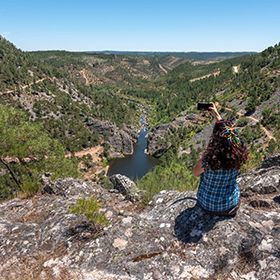
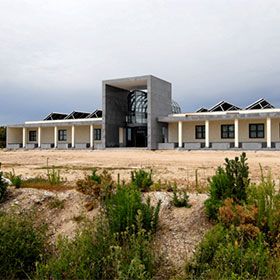
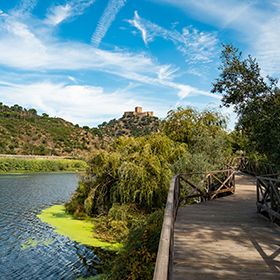
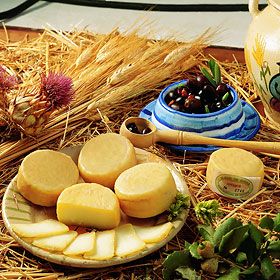


 Explore
Explore 
 Remember and Share
Remember and Share 

